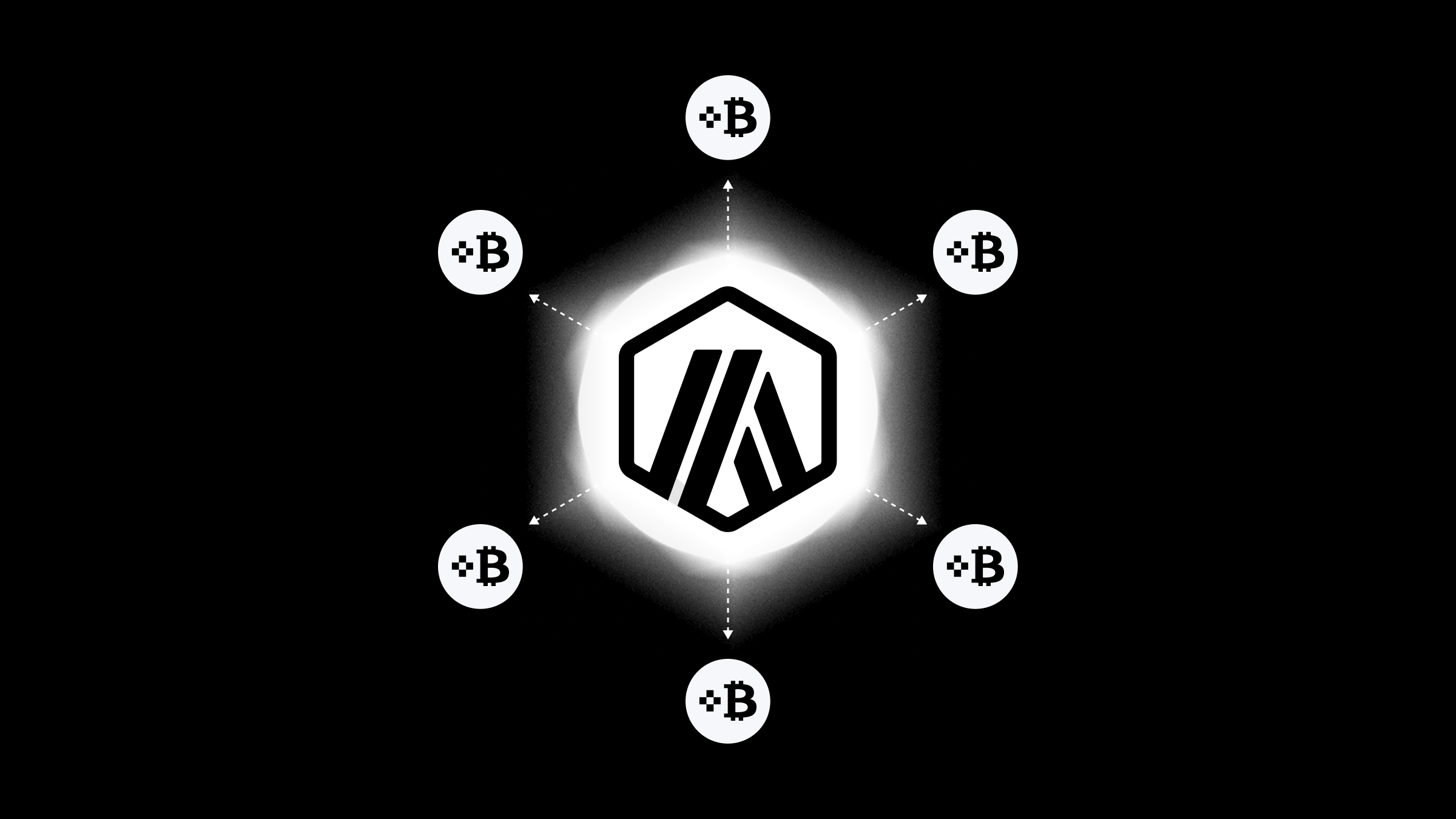Arbitrum is the hottest new Bitcoin L2, thanks to tBTC’s brand-new direct-to-Arbitrum minting portal.
Now, Bitcoin holders can use their BTC to mint tBTC directly on Arbitrum. This opens up access to Arbitrum’s robust DeFi apps with the most decentralized Bitcoin wrapper on the market.
Bitcoin L2s: Real or Nah?
Contention around Bitcoin L2s remains hot. While there will never be a textbook definition for an L2 (as it depends on who you ask), one thing is for sure: the current setup of Bitcoin L2s has nearly identical trust assumptions and produces the same outcome as using tBTC on Ethereum L2s, like Arbitrum.
Even the people who spend all day learning and reporting on the risks and trust assumptions for Bitcoin L2s agree:
Only the kicker with using a multisig L2 that was slapped together this year instead of Arbitrum is you miss out on all of the network effects, lindyness, and innovation that exists on Ethereum-based DeFi. Arbitrum has $2.5B in committed, long-term TVL that is not just waiting for an airdrop but actively used in the onchain economy.
With tBTC in Ethereum DeFi, you can use your Bitcoin to LP to a dex to earn yield, or you can deposit to Curve (soon Aave) to mint crvUSD and unlock liquidity to buy things in real life.
With BTC on the 97th version of a Bitcoin L2, you don’t get any of that.
Maybe Corn, the self-named “first Ethereum L2 to use BTC as gas,” made people realize this. The only difference between Corn and Arbitrum is that BTC is used as the gas asset.
BTC as gas is a valuable component of chain design for these L2s, but in terms of security, Bitcoin L2s are just multisigs dressed up differently. If you’re interested in dissecting why that is, Bitcoin Layers is your go-to place.
But that’s enough posturing about how L2s aren’t actually L2s; I think we know that.
tBTC Takes the Limelight
tBTC is experiencing an inflection point in its usability, and the Arbitrum native minting dashboard is just the tip of the iceberg.
Here is some of the activity going on in the realm of tBTC and BitcoinFi:
- Notional Finance proposed using tBTC as collateral on Ethereum and Arbitrum.
- GMX BTC-USD trading market backed by tBTC, offering users a chance to earn some yield on their BTC and improve GMX’s decentralization. T and ARB incentives are coming in hot for this as well.
- Synthetix passed a proposal to use tBTC instead of WBTC on Base.
- The Aave proposal remains in progress, pointing towards a positive outcome as there is “no major technical blocker for listing,” according to the most recent analysis by bgdlabs.
- Threshold proposed a merger between WBTC and tBTC.
- MakerDAO passed a vote to restrict any new borrows against WBTC, opening up a potential gap for tBTC to fill.
Highlighting the GMX market, $121M of WBTC is currently deposited into GM pools (fka GLP). That is not to say that all or any of that amount will be converted. But tBTC is growing its wings, and WBTC's abundance indicates what can come when tBTC fully integrates into blue-chip DeFi protocols.
BTC trading markets also account for the most significant portion of GMX’s trading activity, consistently hitting over 100M in daily volume.
tBTC is Inevitable
While Bitcoin L2s are optimizing for more alignment with Bitcoin (BTC is used as a gas and security asset), many of their core functions are the same as what we have today with tBTC on Arbitrum.
tBTC works well, is decentralized, and you can use it in many EVM-based DeFi apps.
Its adoption is growing, supply is near all-time highs, and the use cases for BTC in DeFi are only going to get stronger. Not to mention that many Bitcoin L2s are already using tBTC as a core part of their network. Why? Because it has Lindy.
The path is clear, and tBTC has strong potential to be the go-to resource for using your Bitcoin.

